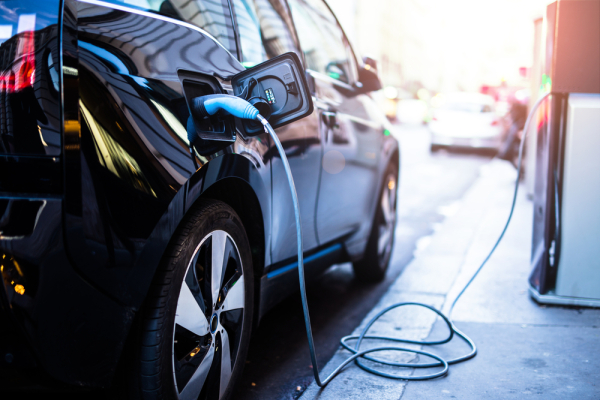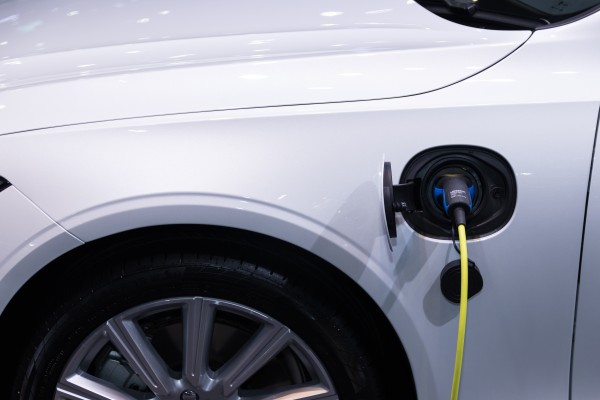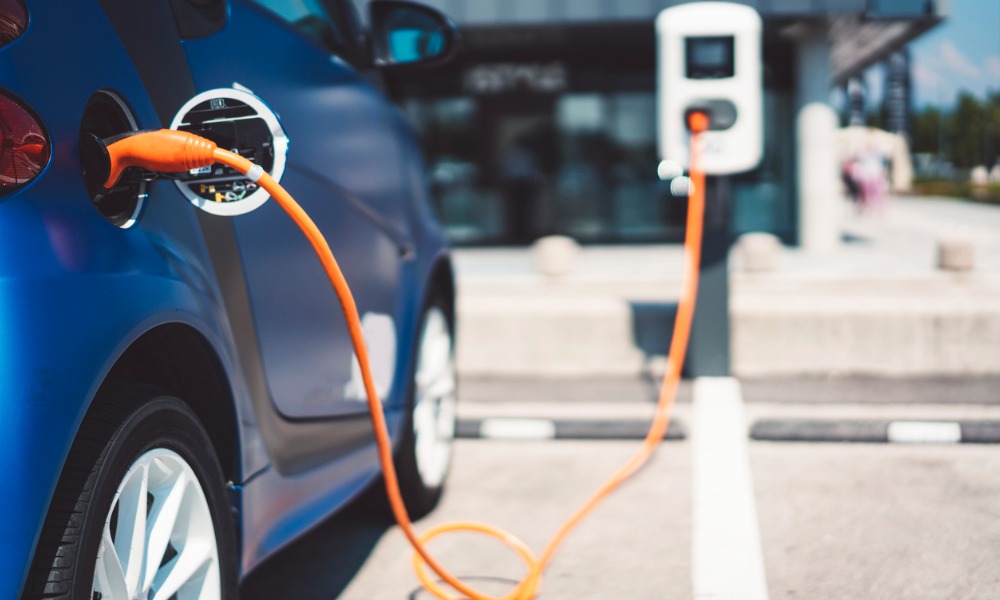Hybrid and electric cars are becoming increasingly popular as people are becoming more aware of the impact of carbon emissions on the environment. These cars offer a range of benefits, including better fuel efficiency, reduced emissions, and lower operating costs. In this article, we will explore the benefits of hybrid and electric cars, their range, and the charging infrastructure required for them.
Benefits of Hybrid and Electric Cars

Hybrid and electric cars are a great way to reduce your carbon footprint and help the environment. These cars are more fuel-efficient than traditional gasoline-powered cars, which means that you will save money on gas. Additionally, they emit fewer pollutants, which means that they are better for the environment.
Hybrid cars are powered by a combination of a gasoline engine and an electric motor. The electric motor helps to supplement the power of the gasoline engine, which means that hybrid cars can get better gas mileage than traditional gasoline-powered cars. Electric cars, on the other hand, are powered entirely by electricity. They do not require any gasoline and emit zero emissions.
Another benefit of hybrid and electric cars is that they are quieter than traditional gasoline-powered cars. This is because electric motors are much quieter than gasoline engines. This means that you can enjoy a more peaceful ride, especially in urban areas where traffic noise can be overwhelming.
Range of Hybrid and Electric Cars
The range of hybrid and electric cars varies depending on the make and model of the car. Hybrid cars generally have a range of around 600 miles, with some models able to travel up to 800 miles on a single tank of gas. Electric cars, on the other hand, have a range of around 100-300 miles on a single charge, depending on the make and model of the car.
The range of electric cars may seem limited, but it is important to remember that most people do not drive more than 30 miles per day. This means that an electric car with a range of 100-300 miles should be sufficient for most people’s daily needs. Additionally, there are now more charging stations available, which means that it is becoming easier to charge your electric car on the go.
Charging Infrastructure for Hybrid and Electric Cars

One of the biggest concerns for people who are considering buying a hybrid or electric car is the charging infrastructure. Electric cars need to be charged regularly, and there need to be enough charging stations available to make this feasible. Fortunately, there has been a significant increase in the number of charging stations available in recent years.
There are now over 26,000 charging stations in the United States, and this number is growing rapidly. Most charging stations can charge an electric car in around 4-6 hours, which means that you can charge your car while you are at work or running errands. Additionally, there are now fast-charging stations available, which can charge your car in as little as 30 minutes.
Another option for charging your electric car is to install a charging station in your home. This is a great option if you have a garage or driveway where you can park your car. A home charging station can charge your car overnight, which means that it is always fully charged when you need it.
Hybrid and electric cars offer a range of benefits, including better fuel efficiency, reduced emissions, and lower operating costs. The range of hybrid and electric cars varies depending on the make and model of the car, but it is important to remember that most people do not drive more than 30 miles per day. The charging infrastructure for hybrid and electric cars is also improving, with more charging stations available and the option to install a home charging station. As more people make the switch to hybrid and electric cars, we can look forward to a cleaner, greener future.












